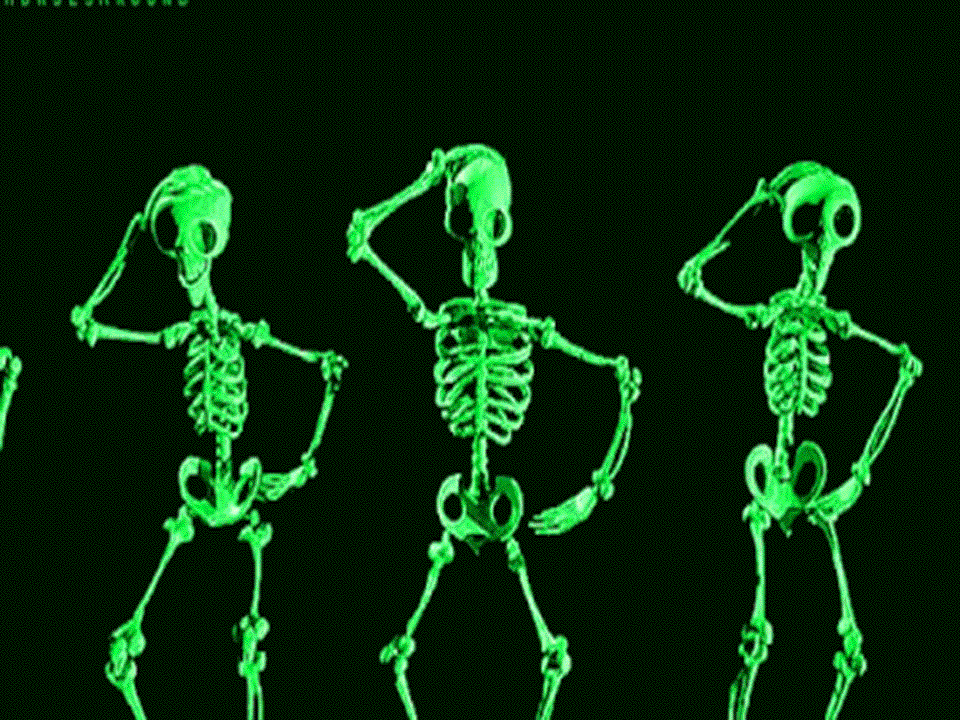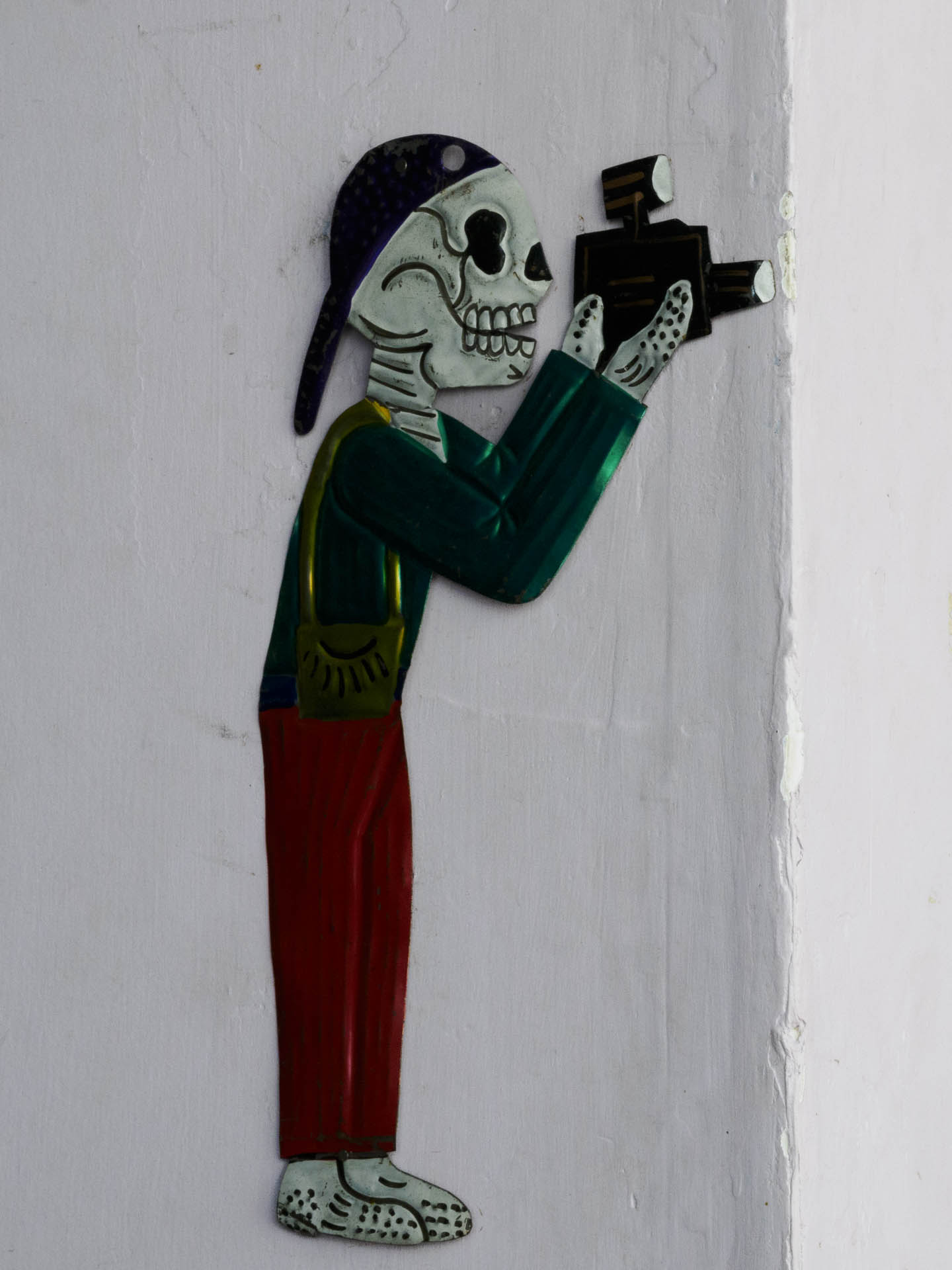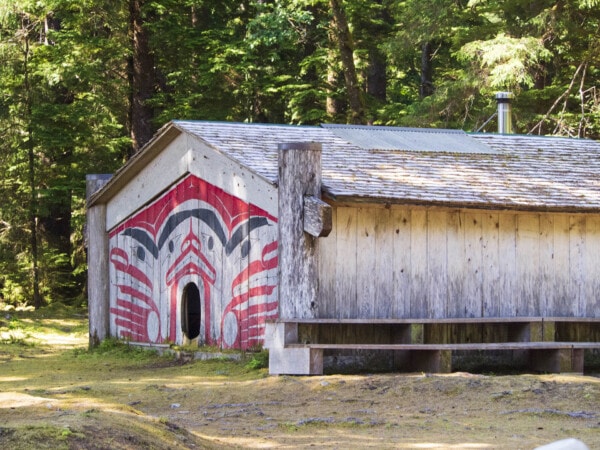Death, a terminal inconvenience


Looking at art in the street or on gallery walls in Mexico City and Oaxaca, we couldn’t help but notice the predominance of playful images of death. Skeletons playing guitars, riding bicycles, taking photos…Why does Mexico have this humorous relationship with death? Why do they joyfully celebrate the dead this week in a national festivity, the Día de Muertos?
The simple answer is “Intangible Cultural Heritage.”
Like the tango in Argentina. The oxcart traditions in Costa Rica and truffle hunting in Italy that we’ve written about. Washi papermaking in Japan. Perfume skills in Grasse, France. These local cultural distinctions (and dozens more) are on the UNESCO Intangible Cultural Heritage Lists. The Día de Muertos was inscribed when UNESCO introduced the concept fifteen years ago to safeguard oral and intangible treasures of humankind worldwide.
Pass your cursor over the images below from the Museo Nacional de Antropología, Mexico City, to make them dance!










The holiday is designed to celebrate the loss of lost loved ones with happiness and humour, rather than sadness and grieving. Have you been to Mexico for this festivity? Everyone we asked about it when we were there in January said we must see it.
If you look at photos of the event, you’ll see heaps of orange marigolds adorning gravesites and covering altars, along with the deceased’s favourite foods, books, music, etc. Skulls and skeletons appear everywhere. People in skeleton costumes, their faces painted bone white. Life-size papier-mâché skeletons. Sugar candies shaped like skulls.










As well as honouring the dead with gifts, people give presents to their friends and families. They also write calaveras literarias (“literary skulls”), rhyming poems that infuse levity in the death of friends, classmates, co-workers or family members (living or dead). Newspapers publish wickedly irreverent epitaphs that poke fun at public or historical figures. (Someone wrote one on Trump, but it needs to be read in Spanish or have a better translator than Google.) Even school kids participate.








The Aztecs began this celebration of the dead 3,000 years ago. They called it the “third death,” the time when the soul passes into the afterlife. Every August, communities gathered to honour their loved ones who had passed on, celebrating in much the same way that Mexicans do today with flor de muertos (“marigolds”), food, music and dance. After the Spanish conquest, the holiday was aligned with the Catholic tradition of All Soul’s Day on November 1. More recently, the holiday has been mixed up with Hallowe’en, which has nothing to do with Dia de los Muertos.
But what I’m more interested in is Mexico’s elusive treatment of death. The day-to-day images of it painted on buildings, hung in art galleries, for sale on street corners.








Do you know the word ludic? New to me this week, I discovered it in reading “Is There a Mexican View of Death?” by Stanley Brandes.
Oxford defines ludic as “showing a tendency to play and have fun, make jokes, etc., especially when there is no particular reason for doing this.” Like the ludic spirit in which Mexicans confront death. Joking about it, treating the prospect with indifference, or as a natural conclusion, even if they may be just as anguished as anyone else about it and are often very emotional at funerals.
Stanley points out that when survival can’t be taken for granted, you’re more likely to treat death with familiarity. (We sometimes observe this characteristic in our culture when people are facing eminent death, don’t we?)
But Mexicans, he says, have a fatalistic and stoic nature. He gives us a thoughtful example of the reason by quoting Frances Toor from her book Treasure of Mexican Folkways: “In their blood is the spirit of adventure of their conquerors and their ancestors who met death of their own volition for the sake of their gods.”
The ludic spirit of Mexico toward death is, he says, a unifying national identity in an increasingly divided world:
Alleged Mexican attitudes toward death are cultural capital. They are among the most effective ways to create and maintain ethic and national boundaries in an era of globalization, when boundaries are being broken as never before. They help to define Self and Other—and, as has long been true, to sell a good many candles, flowers, candy figurines, newspapers, and miniature calaveras as well.
John Doe




Brandes, Stanley. “Is There a Mexican View of Death?” Ethos. Vol. 31, No. 1 (Mar., 2003) pp. 127-144.

Watching the BNP Paribas Open now underway at the Indian Wells Tennis Garden brings back fond memories. The year Magellan became a retired jubilado we

What fascinated us about the Roman city of ConÍmbriga in Portugal were the intricate mosaics, uncovered and open to the sky— still intact after 2,000

“To know the character of a community, I need only visit its cemeteries.” (Benjamin Franklin) Judging by the thousands of prehistoric burial chambers (some with porches)

Today, June 25, is the 120th birthday of George Orwell, a man who fought against the abuse of language, the decline and fall of reason and the degradation

Before she put the bus in gear to head up Wilmot Pass to Doubtful Sound, our driver Cat (and she was a cool one), said

“I’m Mary,” she said, hesitating, a wry look on her face, like she wanted to say “Mary, Mary, quite contrary.” “And I’m Tyler Crosby. Nephew
This handy little widget allows you to easily click to our most recent stories, as well as our most popular posts and comments. You can also use the category widget to refine your search. Enjoy!
[Coming Soon!]
We’ve got lots more travel stories to come, so please sign up below to continue the journey. Using MailChimp, we’ll notify you each time a new post is added to our site, more or less weekly. Your info is safe with us — we promise not to send it on any trips.
We have lots of categories and tags to help you easily refine your search in our stories, but feel free to use this feature to find unique items. Perhaps try something delicious like ‘paella’.
8 Responses
Death seems to always catch us by surprise, then we have the ongoing statement, regarding the deceased, the deceased would have loved to be here to see and talk with everyone. Not only true, but worthy of consideration to keep in touch with everyone, before they pass.
Cheers,
So very true…
Well that was fun! Will be playing around with it for awhile. I would love to have a more ludic spirit towards death. Thanks for the blog!
I’m working on a more ludic spirit toward death, too. But first I want to return to Piedmont, Mexico City, Japan…
Loved the morphed graphics. Would be cool to have them projected for trick and treaters!
I too was shocked when the skeleton heads started to “dance” when I slid my cursor over them. It wasn’t a feature I was expecting from the slide add-on I’m using.
Great memories. Fantastic blog!!!
Wouldn’t you love to be there this week?